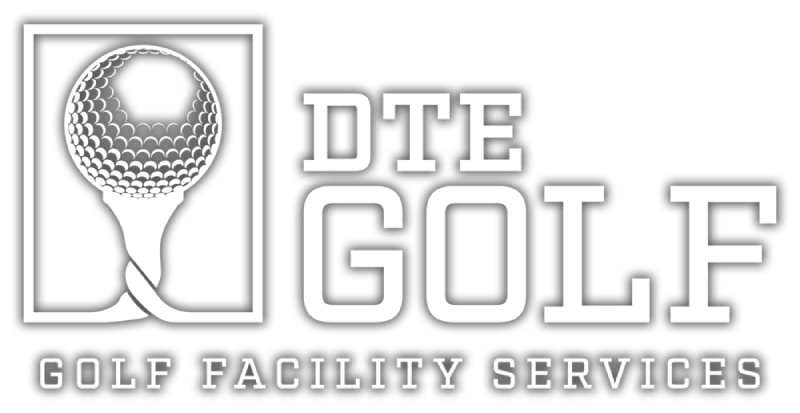Managing a municipal golf course in Florida comes with a set of distinctive challenges, including tight budgets, diverse player expectations, high traffic, and extreme weather, but by prioritizing cost-effective solutions, flexible course setups, sustainable practices, and holistic course management, these challenges can be turned into opportunities for providing a positive and enjoyable golfing experience to the community.
Read MoreGolf course consulting offers a range of benefits in sustainable course design, including optimizing the course layout, enhancing sustainability through eco-friendly practices, improving player experiences, and achieving long-term financial success for golf course owners and operators.
Read MoreThe best practices for golf course superintendent success involve environmental stewardship, communication, continuous education, team building, water management, and more, all contributing to exceptional player experiences and ensuring golf course excellence in Florida.
Read MoreThe essential strategies for facility improvements involve prioritizing landscaping and turf management, irrigation system enhancements, bunker maintenance, clubhouse and amenities, among others. These strategies can elevate the quality of your Florida golf course and create an outstanding experience for players.
Read MoreThe specialized maintenance techniques required to manage a golf course in Florida's distinct weather patterns encompass drainage solutions, drought-tolerant grasses, pest and disease management, fertilization schedules, hurricane preparedness, efficient irrigation, soil testing, aeration, and expert consultation, to ensure that the course remains in pristine condition year-round.
Read MoreThe role of aeration in golf course turf health is essential as proper aeration techniques improve soil quality, root growth, and overall playability while preventing common turf issues like compaction and thatch buildup.
Read MoreFairway grass with its lush green beauty, visual contrast, strategic guidance, and environmental responsibility enhances the aesthetics, gameplay experience, and overall charm of golf courses.
Read MoreWhen it comes to adopting the best practices for aerification and seeding activities to enhance turf quality in the fall, it starts with sticking to the right timing, preparing the perfect soil, choosing the appropriate grass seed for your region and soil type, and ensuring adequate watering and proper maintenance, to name a few, which could work the best.
Read MoreFor effective fall fertilization, you need to understand fall fertilization, know about the essential nutrients for winter resilience, and implement the best practices for effective nutrients.
This includes soil testing and analysis, choosing the right fertilizer, following proper application rates, opting for even fertilizer distribution, applying at the right time, watering after application, and maintaining a regular mowing schedule during the fall.
Read MoreSome of the key fall weed control strategies for Florida golf course maintenance include understanding Florida's climate and weeds, preventive measures, aeration and overseeding, selective herbicide application, implementing effective Integrated Pest Management, spot treatment and regular inspections.
Read MoreEffective leaf management for autumn debris on golf courses involves several key approaches, including regular leaf removal, mulching and composting the debris, utilizing leaf blowers and vacuums, strategic tree pruning, educating the golfers, regular monitoring and adjustments, considering environmental factors, and involving the local community in leaf management efforts, to name a few.
Read MorePlanning fall renovations for golf course construction begins with assessing the course's requirements, which involves checking factors such as playability, drainage, turf health, aesthetics, and environmental impact.
Read MoreTo enhance the beauty of your golf course, consider embracing foliage, enhancing hazards, incorporating seasonal flowerbeds, using decorative gourds and pumpkins, applying fresh mulch to landscaped areas, adding fire pits and seating areas, and maintaining the pristine appearance of your greens, among other options
Read MoreThe importance of the right mowers for maintaining fairways extends to several reasons, including improved playability for golfers, enhanced aesthetic appeal, better turf health, and increased sustainability, to name a few.
Read MoreWhen it comes to preparing for fall turfgrass care during cooler weather in Florida, it begins with understanding the region’s unique climate, adjusting the mowing heights, allocating optimal time for aeration and dethatching, tending to winter resilience through proper fertilization, and more.
Read MoreWhen it comes to essential golf course maintenance tasks during the transition from summer to fall, you can begin with aeration and overseeding. effective fertilization and nutrient management, as well as gradually adjusting mowing heights, are important aspects.
Read MoreThe eco-friendly construction practices for sustainable Florida golf courses include a careful selection of the site and its design, efficient water management, maintenance of soil health and erosion control, selection of the right turf grass species and their maintenance, support for local biodiversity and habitat environments, and the inclusion of education and community involvement.
Read MoreThe optimal turf grass choices for Florida golf courses include Bermudagrass, Seashore Paspalum, Zoysiagrass, St. Augustinegrass, Bahiagrass, Centipedegrass, and Paspalum Varieties.
Read More


















